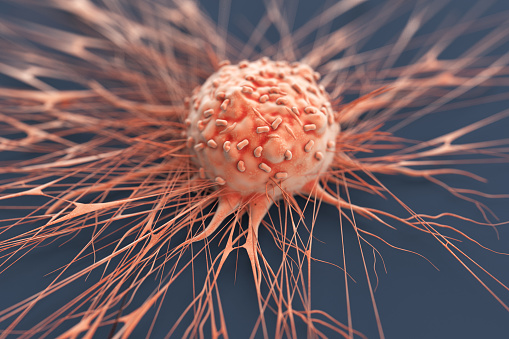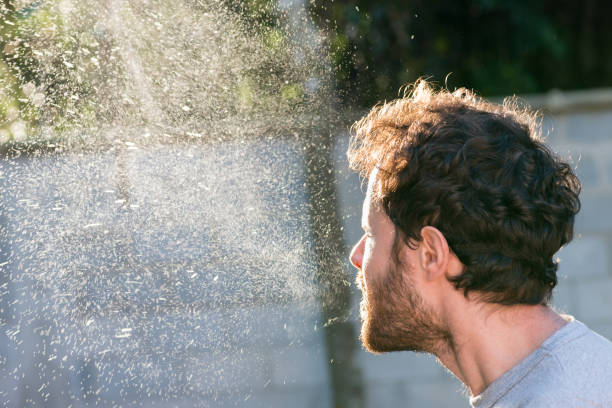Sciatica Treatments | Exercises For Sciatica
If you have ever experienced sciatica, then you know that it can be a painful and even a debilitating condition, even if it only lasts for a few days. Fortunately, there is a great deal of research and knowledge regarding this condition, including valuable advice on the causes, symptoms, potential treatments and invaluable treatment for sciatica. Exercises for sciatica that also helps you.
What Is Sciatica?
Sciatica refers to a localized pain in the lower back that may often extend down into one of the legs and through the buttocks. This throbbing sensation may be rapid and it fades quickly or could even remain present for weeks. In most cases, this strong, lancing pain will only affect one of your legs, but rarely both, due to the underlying cause of this condition.
The name is derived from the nerve that causes this pain, the sciatic nerve. When this nerve is impinged or impacted in some way, the pain will appear at some level of severity. For many people, the pain is only temporary, but recurring problemswith sciatica are common, and often worse if they aren’t addressed or treated in some way. Due to the location of the pain, many people misdiagnose sciatica as a problem with the leg, whereas the actual nerve impingement is happening in the lower back. In some cases, the effects can even be felt at the foot and lower leg.
Treatments For Sciatica
Given how common sciatica is in the population, a number of viable treatment options have been developed. The treatments include heat and cold therapy, painkillers, steroid injections, acupuncture, chiropractor realignments and massage.
Steroid Injections
These injections can strengthen the surrounding muscle and reduce inflammation in the lower back, but they cannot be administered too often.
Hot and Cold Therapy
Alternating hot and cold compresses on the spot of your sciatica pain can help the muscles adjust, the nerves be soothed, and generally reduce pain and swelling of your back.
Chiropractor
Chiropractors are often used to realign slipped disks and “adjust” the back, which can reduce tension and pressure on various nerves, keeping your spine straight and your legs pain-free.
Pain Killers
Common pharmaceutical prescriptions for pain killers will help to mask the symptoms and make life more manageable, but the medications will not fully address the underlying problem.
Massage
The most popular approach to sciatica pain is a massage therapy of the lower back, buttocks and legs, as this will help soothe muscle inflammation and stimulate healing to the area.
Acupuncture
Regular acupuncture treatments can help redirect energy flow and nerve impulses in the back, in addition to “untangling” muscle knots and relieve many of the common sciatica symptoms.
Home Treatment For Sciatica
Many people prefer home treatment for sciatica, rather than injections, pharmaceuticals or formal treatments, such as turmeric, valerian root, fenugreek seeds and avoiding poor sleep positions and smoking cigarettes.
Sleep Quality
Sleeping on an improper mattress, such as one that is either too hard or too soft, can lead to muscle tension and strain on the sciatic nerve.
Turmeric
The anti-inflammatory properties of this herb, thanks to its active ingredient, curcumin, can be made into a paste and applied directly to the lower back, which can soothe sciatica pain.
Valerian Root
This legendary herb can be consumed in tea form, as it is packed with anti-inflammatory and relaxant compounds, and is also known to minimize nerve pain. These are the best Sciatica Treatment.
Causes Of Sciatica
Sciatica is directly caused by pressure on the sciatic nerve, but this pressure can be the result of various reasons, such as muscle knots, herniated discs, piriformis muscle irritation, hamstring syndrome, joint dysfunction and posture problems, among others. The direct cause of sciatica can be difficult to diagnose, as the condition may be a combination of more than one factor.
Muscle Spasms: Muscle spasms can be caused by everything from nutrient deficiency to an irritating injury, but these sorts of spasms can be unexpected and can cause kinks or strains in the back. Essentially, this results in another form of a muscle knot that is linked to sciatica.
Muscle Knots: Most of the sciatica conditions arise from the muscle knots in the lower back, which can cause pressure on the sciatic nerve. This could be caused by an excessive amount of exercise, muscle inflammation, bending or lifting in strange ways, or other common reasons behind charley horses or muscle cramping.
Hamstring Syndrome: In rare cases, the fibrotic bands can irritate the sciatic nerve and constrain it near, where the hamstring connects to the hips. This can result in a constant or a long-term pain and is difficult to treat.
Piriformis Muscle: Deep in the buttocks is the piriformis muscle, and it is located near the area where the sciatic nerve passes down to the legs. If the sciatic nerve and the piriformic muscle come in contact, or if the nerve actually grows through the muscle, sciatica symptoms are very high.
Exercises For Sciatica
There are quite a few effective exercises that can relieve the pain of sciatica and strengthen the lower back, including spinal stretches, pigeon pose stretches, hamstring stretches, swimming and yoga. These are not only low-impact exercises, but also help to stretch the precise area of the back where the sciatic nerve splits and moves down into the legs. Improving flexibility here is invaluable in terms of preventing future sciatica attacks and soothing pain in the midst of a flare-up. These are the best exercises for sciatica.







